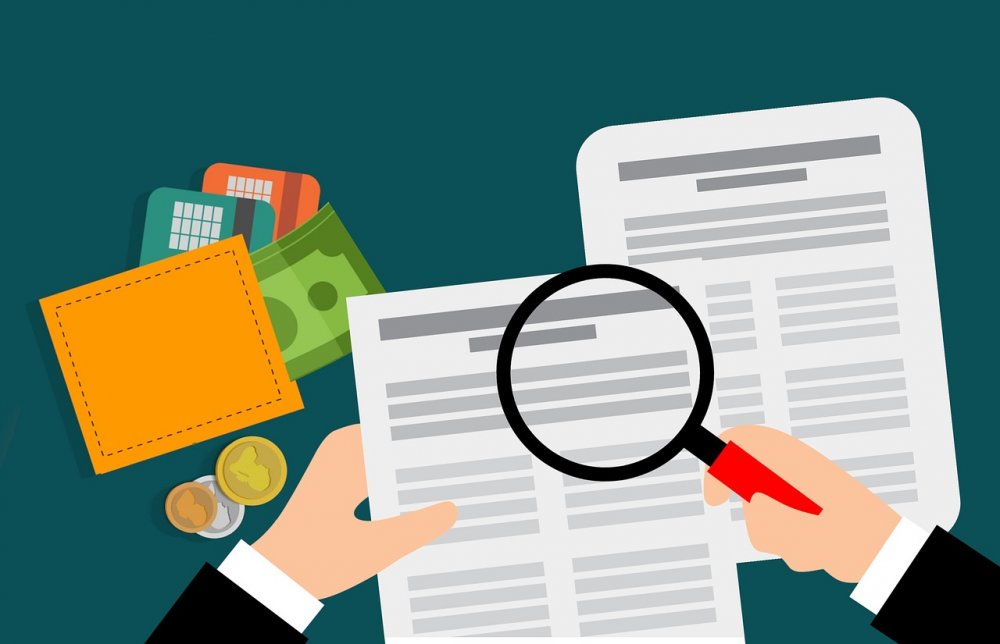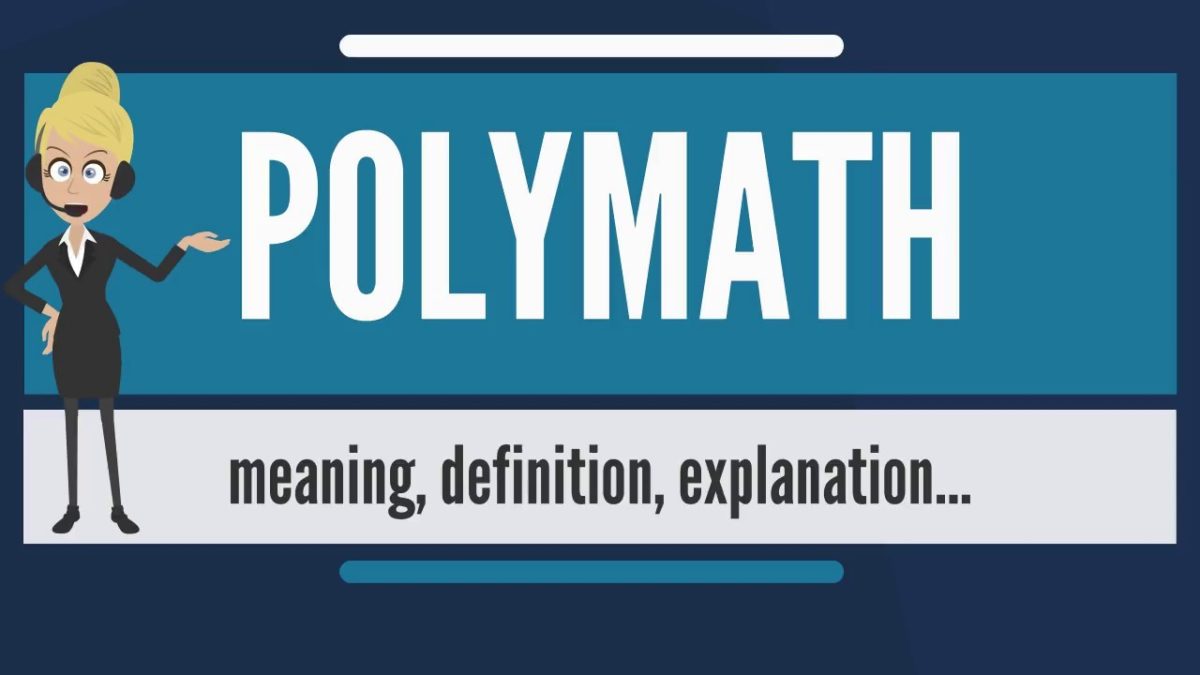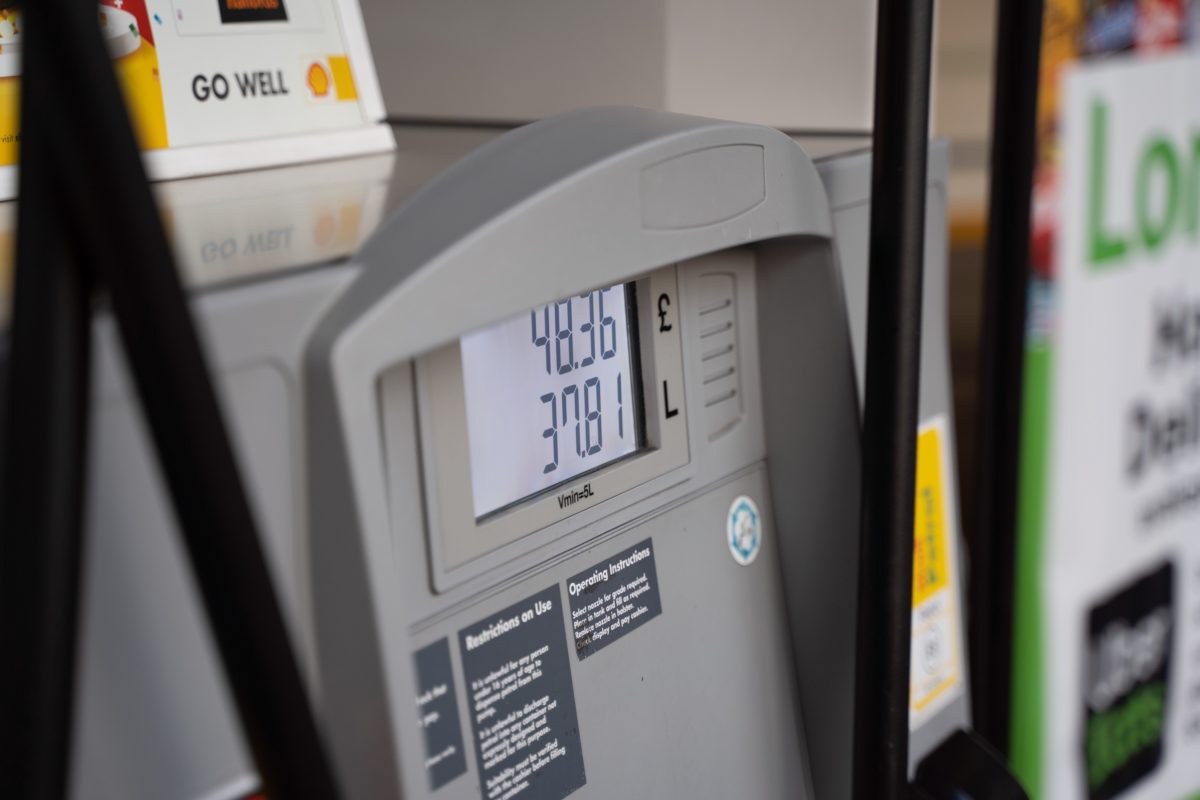Getting denied a small business loan is fairly common, and most small business owners have tried it at least once.
It might set you back a bit, and you might have to downgrade your dreams for the time being, but there’s always hope.
Here are the primary steps you should follow, in order to secure the loan next time, you apply.
1. What went wrong?
Most often, a rejection means that something has to be changed in the application to secure financing down the road.
Typically, there are five major reasons why a loan is denied, and they are known as the “Five C’s of credit”:
Credit score: Everything is taken into consideration when a loan has to be granted, especially regarding your personal credit and your business credit.
If these scores are too low because of late payment issues or bankruptcy, then that could be a reason for rejection.
The length of your credit history has to be long and solid; most banks prefer three years or more of solid credit history.
Character: Your personality is also being taken into account, and things like a criminal record will obviously send some mixed signals to a bank.
Collateral: Important parts of most loan applications are assets to secure your loan, and if you don’t have many valuable assets like real estate, equipment, inventory or the likes, then that’s a problem.
And do note: Your personal assets could be taken into account as well, if you are guaranteeing the loan personally.
Capital: If your business hasn’t generated any revenue yet or has trouble paying back a loan, then that could also be a reason for rejection.
Capacity: Are you in debt, and are you having trouble paying back the debt? Then the bank has good reasons not to grant you anything, before the existing depth has been lowered or paid.
A small business loan application always needs different forms of supporting documentation, and the lack of this documentation could also be a reason for rejection.
Common supporting documentation include a business plan, and for that, you’ll need a business plan template.
There are many great and free templates online, which we have also published an article about.
Supporting documentation also includes three to five years of business and personal tax returns, business bank account statements, financial statements and projections, personal and business credit reports, and legal documents such as contracts, leases, licenses, permits, and articles of incorporation.
If any of this documentation is missing or insufficient, then that could also be a reason for rejection, so make sure that all the documentation is there, and that it fulfills all requirements.

2. Make improvements
Have you found the reason or reasons for the rejection?
If so, you are on the right path, because there are many ways to impact or improve whatever caused it (except if it’s issues with character, that can be a tricky one to adjust!).
Here are some tips and suggestions of how to make improvements:
Want to improve your business credit? It’s always a good idea to make one-time payments only and try asking your vendors and business partners to report their positive payment experience with you to the bank.
Want to improve your collateral? Make a list of all your assets and find out if there are investments that would look good, benefit your business and serve as good collateral.
Want to improve your capital? You’ll need to work on your business’s financials.
The key areas to consider are revenue, profits, and existing debts.
Can you increase sales to increase revenue?
Can you cut down on expenses to increase profits?
Can you pay off existing debt?
Concentrating on any or all of these key areas can improve your chances of being approved for a loan the next time around.
Want to improve capacity? Look into your Debt Service Coverage Ratio.
This is a measurement of cash available compared to debt and is used by banks to determine whether you have the ability to re-pay your loans.
In other words, it measures your income against your existing debts and obligations.

3. Apply again
Once you’ve found the reason or reasons for rejection, then you make improvements and apply again, but remember to contact the bank directly to find out their specific requirements ahead of time.
Many small business owners have applied many times with different financial institutions before securing a loan, because they weren’t up to date with the application process, so always be absolutely certain about what is required.
But before applying again, consider waiting six months to a year. If the length of your credit history or the age of your business was an issue with your first application, the solution could simply be to wait a bit, generate more revenue, expand the customer base and consolidate your business economy.
FAQ
What is a small business loan?
small business.
Why does someone apply for a small business loan?
costs, hiring more employees, store expansion, buying equipment, etc.
How many types of small business loans are there?
business line of credit, short term loan, business term loan, merchant cash advance, etc.

























